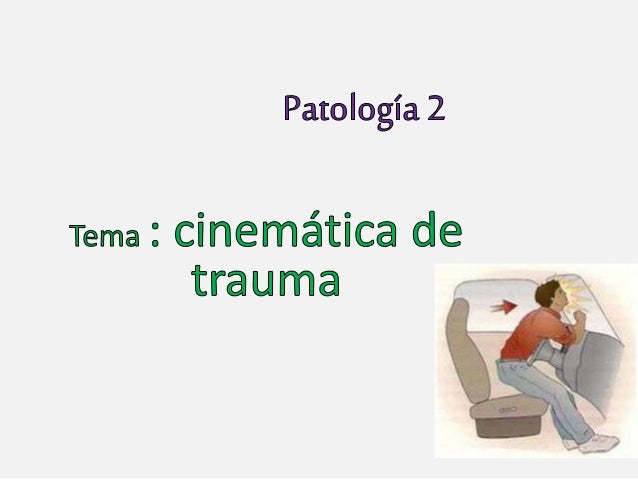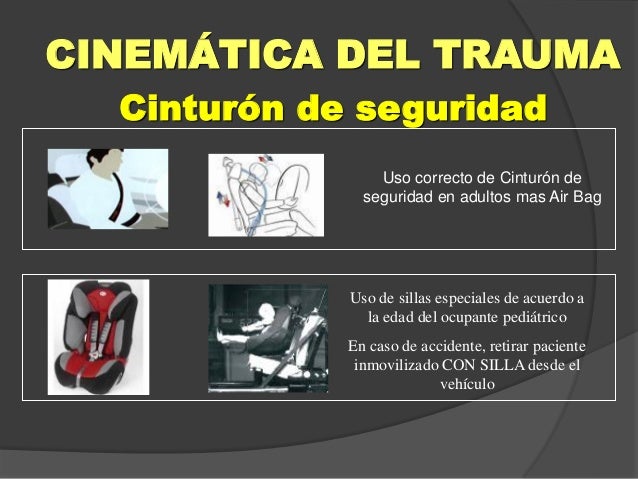
Nine patients had repeat injuries, 3 of whom had late reconstructions and 4 late meniscectomies. Eight of 46 patients had mild osteoarthritic changes of Grade 1 visible on radiographs, but only 1 patient reported knee trouble. Through examination with the KT-1000 arthrometer, side-to-side differences of anterior translation of the tibia of > or = 3 mm in 72% patients at reexamination were seen. Followup periods ranged from 2 to 10 years (mean, 5 years 6 months). Patient ages ranged from 14 to 50 years old (mean, 28.9 years). Twenty anterior cruciate ligament and medial collateral ligament combined ruptures occurred.

Fifty-six consecutive patients had arthroscopy within 2 weeks of their initial injuries however, no surgery was done on the torn anterior cruciate ligament. Knees with intact menisci had less osteoarthritis than knees with removed menisci (P less than 0.05).Ī followup study was performed to elucidate the natural course of acutely torn anterior cruciate ligaments in recreational athletes.

Osteoarthritis of slight to moderate degree (Fairbank I/II) was found in 58% of the patients younger than 35 years of age at the time of trauma and in 87% of the older patients. Only patients with good knee stability were able to perform demanding sports and could continue at their desired activity level. The mean activity level had changed from recreational team sports (Level 7) to recreational individual sports (Level 5). Knee function score was a mean of 86 +/- 12 points. Sagittal laxity difference was +3 mm or more in 57%. Sixty-four percent of the knees had a positive Lachman sign and 40% a positive pivot shift. At followup, an ACL reconstruction had been performed in seven patients (12%) due to symptomatic instability. Standing roentgenograms (30 degrees of knee flexion) were taken in 69% of the patients.
#Cinematica de trauma definicion manual#
Fifty-three (88%) of the patients were reexamined 9 to 16 years later with special emphasis on manual and instrumented stability testing (Stryker, Genucom), knee function score (Lysholm), and activity level (Tegner). The integrated in Vivoframework presented here will be helpful for the interpretation of laboratory experiments as well as for the development of new methods for the evaluation of OA at the knee.Īcute total ACL (N = 60) and concomitant medial collateral ligament (N = 46) ruptures were repaired in 60 patients (mean age, 28 years) without augmentation. Understanding the in Vivo response of articular cartilage to its physical environment requires an integrated view of the problem that considers functional, anatomical, and biological interactions. While this framework was developed from an analysis of in Vivopathomechanics, it also explains how the convergence of biological, morphological, and neuromuscular changes to the musculoskeletal system during aging or during menopause lead to the increased rate of idiopathic OA with aging. During the Progression Phase, the disease progresses more rapidly with increased load. The Progression Phase is defined following cartilage breakdown.

The Initiation Phase is associated with kinematic changes that shift load bearing to infrequently loaded regions of the cartilage that cannot accommodate the loads.

The framework is divided into an Initiation Phase and a Progression Phase. The in Vivo pathomechanics of osteoarthritis (OA) at the knee is described in a framework that is based on an analysis of studies describing assays of biomarkers, cartilage morphology, and human function (gait analysis).


 0 kommentar(er)
0 kommentar(er)
